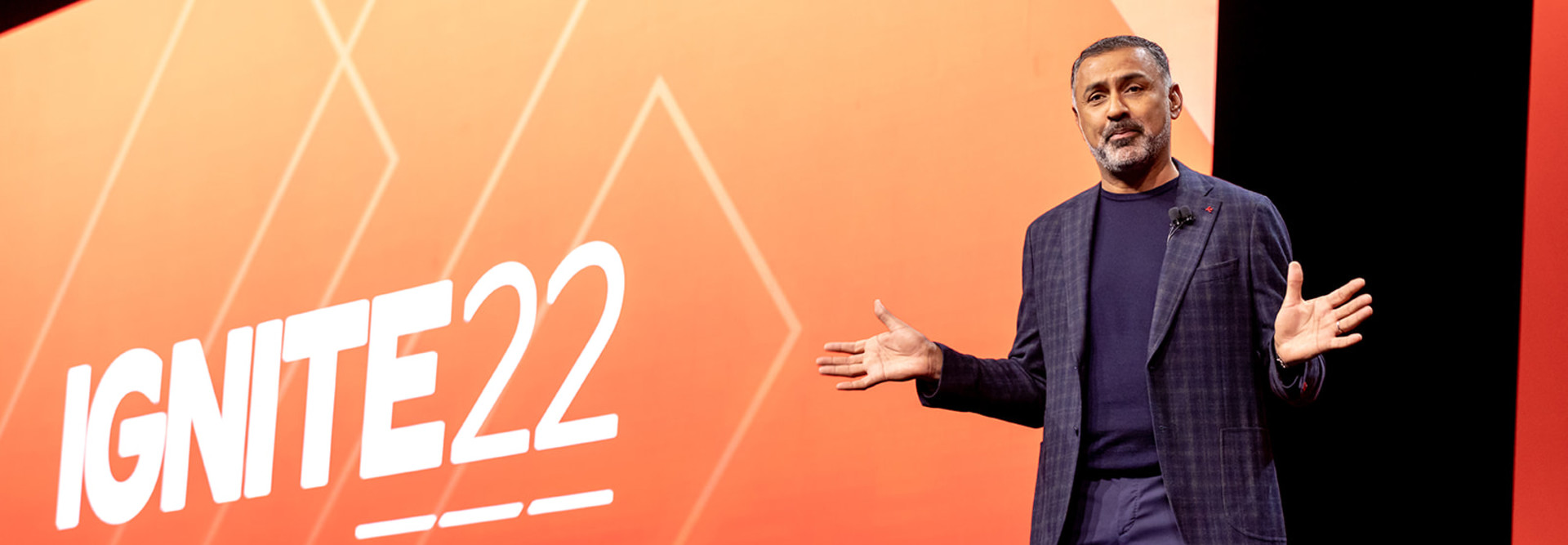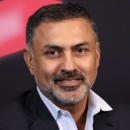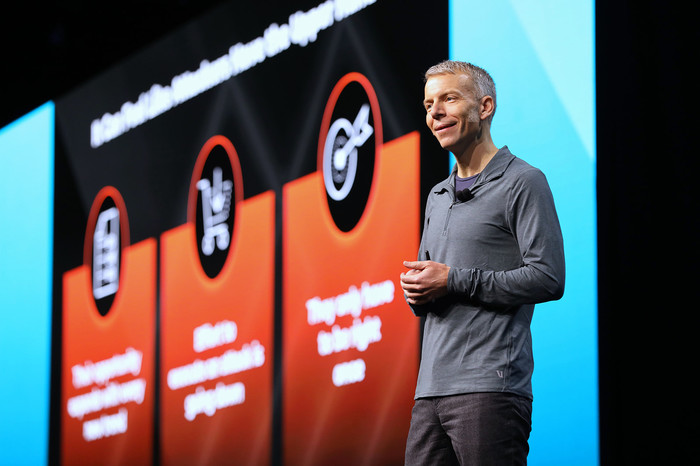Ever wonder what keeps executives and CEOs up at night? The answer, according to a global survey conducted by Palo Alto Networks, is cybersecurity. Cybercrime is one of the leading concerns for businesses heading into 2023, and cyber budgets are expected to “grow 15 percent per year over the next three years, reaching $10.5 trillion USD annually by 2025, up from $3 trillion USD in 2015,” according to research firm Cybersecurity Ventures.
Speaking at the 10th anniversary of Palo Alto Networks Ignite ’22, experts warned that the global landscape is actually making it easier for attackers. “Today we are living in a state of hyperconnectivity, which means that everything online is an open vector for a threat,” said Palo Alto Networks CEO Nikesh Arora. “It starts to feel like a game of whack-a-mole.”
There are more attacks happening per second than there are IT professionals to fight them. “It’s very discouraging,” agreed Lee Klarich, the company’s chief product officer. “Every time a new product is developed to advance progress, cybercriminals see it as an opportunity to exploit.”
Click the banner below to receive exclusive data analytics content when you register as an Insider.
The Future of Cybersecurity: What IT Leaders Should Expect
Until now, businesses typically patch problems as they come up. “We’ve been reactive when we need to be proactive,” said Arora. Speakers at the morning keynote session cited President Biden’s May 2021 executive order to improve the nation’s cybersecurity as a major motivator to prioritize this issue, predicting that with more national awareness, the SEC could enforce more cybersecurity policies and regulations on businesses.
Following that call to action, Klarich outlined a plan for combatting cyberthreats using artificial intelligence: “A platform-oriented, AI approach driving security outcomes. It’s a ground-up transformation of cybersecurity.” Much of that transformation depends on automation. “AI is going to be what the internet was for us 30 years ago and what the iPhone was for us 15 years ago. It’s that kind of game changer,” said Arora.
The Three Major Cybersecurity Challenges Facing the Industry
There are three major problems facing the cybersecurity industry that transformative AI-powered platforms can combat. But even with hope on the horizon, IT professionals still need to understand the interconnectedness of these challenges.
1. Fragmentation of cybersecurity tools. “Every customer may have as many as 30 cybersecurity vendors in their infrastructure,” said Arora. “We put the onus of integrating these tools together on the customer.” This makes for a more taxing experience and increases the likelihood of error, he said.
2. SOC teams are reactive not proactive. Currently, security operations center teams are reactive in remediating threats when they should be proactive. Typically, SOCs receive an alert and begin to investigate. Even if the threat is resolved in a single minute, that’s still 60 seconds for hackers to access a company’s data.
3. Companies lack a fully integrated security platform. There is no central place for all cybersecurity apps to reside. This creates an inconsistent customer experience with a weaker line of defense.
Lee Klarich, Chief Product Officer Palo Alto Networks. Photo courtesy of Palo Alto Networks
How AI-Driven SecOps Changes the Current Paradigm
AI allows IT professionals to address these three challenges at once. “So far, we’ve fought cyberthreats with human intelligence, but we need to leverage AI to automate the workflow and deeply integrate technology with threat intelligence,” said Arora.
There’s also the issue of speed. The lag time between vulnerability and exposure is shrinking, and SecOps analysts can only work so fast. AI, on the other hand, can analyze data quickly to locate potential threats. According to Klarich, the AI-driven method is already paying off. “In the last few months, close to 6 million unique attacks were prevented on real-use traffic,” he said.
In fact, Palo Alto Networks found that AI is improving threat detection by 47 percent in terms of speed to remediate and 45 percent in terms of managing vulnerabilities. By deploying a combination of a platform service, cloud computing and AI companies can bolster cyber defenses tenfold.
Keep this page bookmarked for articles from the event, and follow us on Twitter at @BizTechMagazine and the official conference Twitter feed, @PALiveCommunity.















